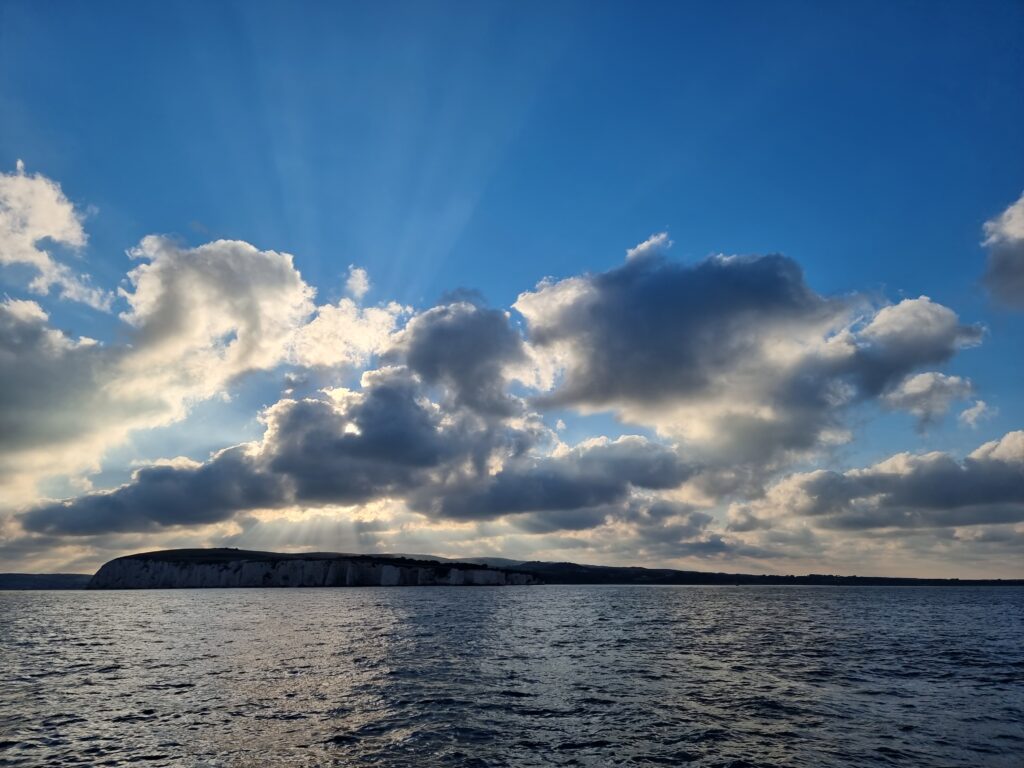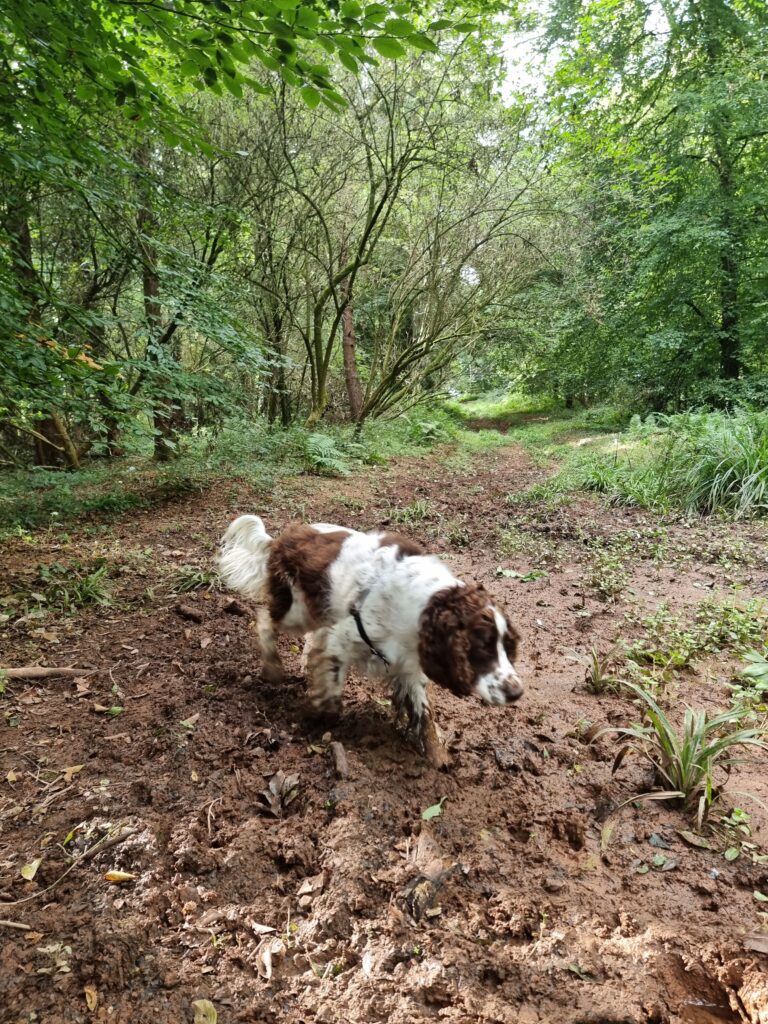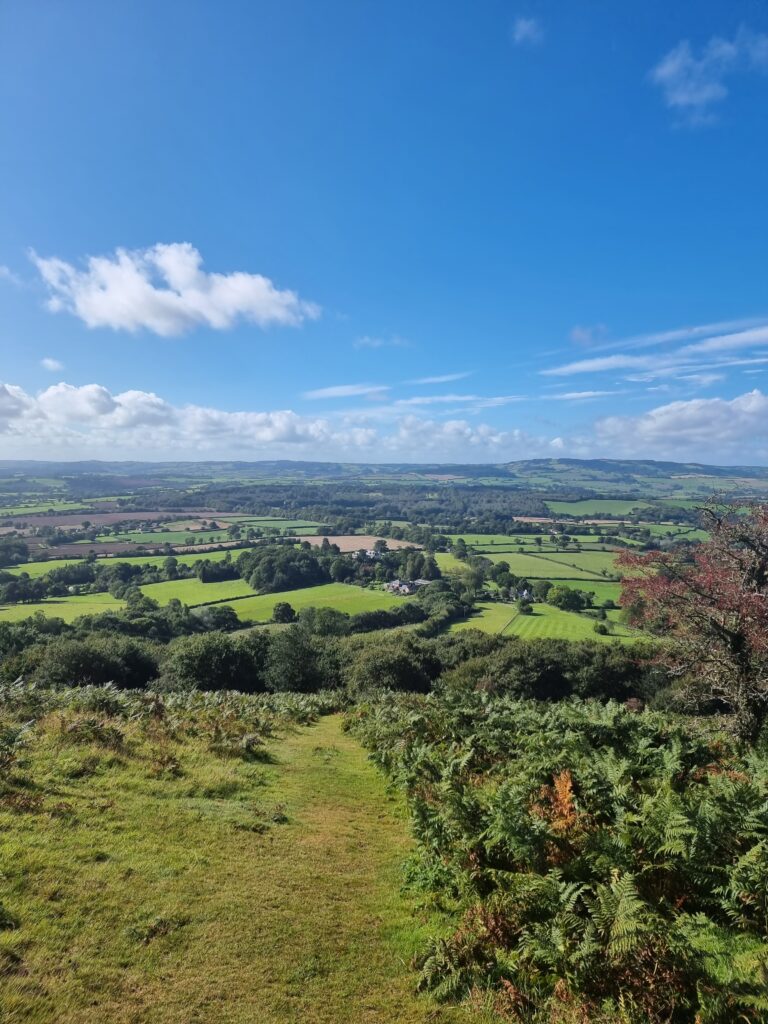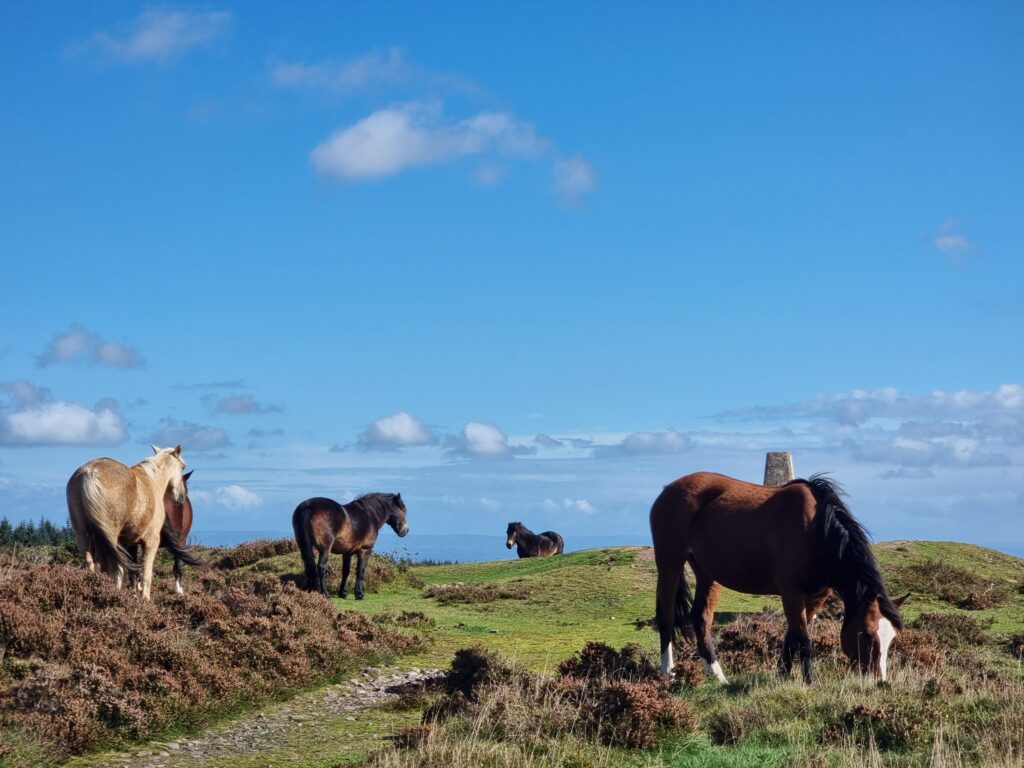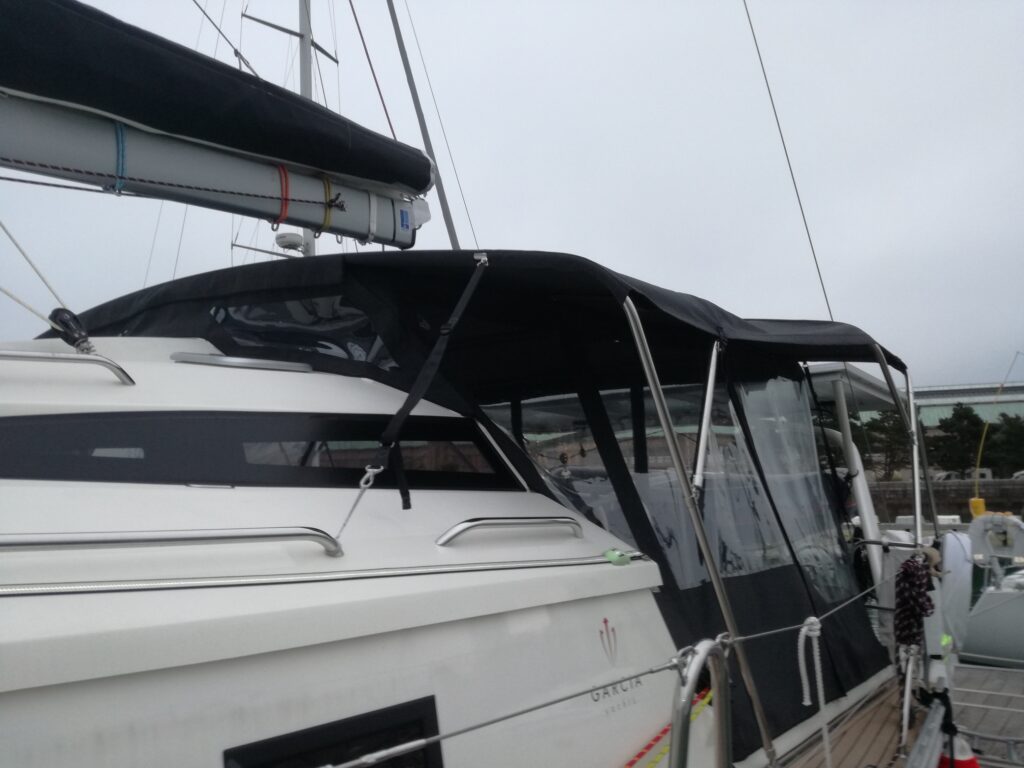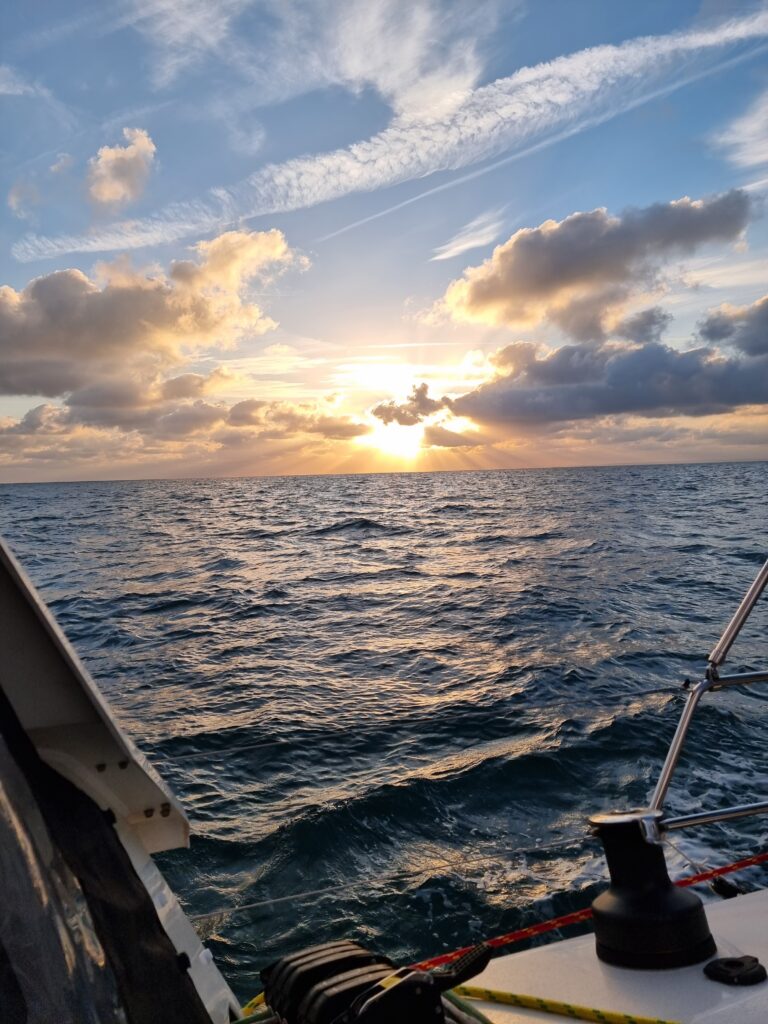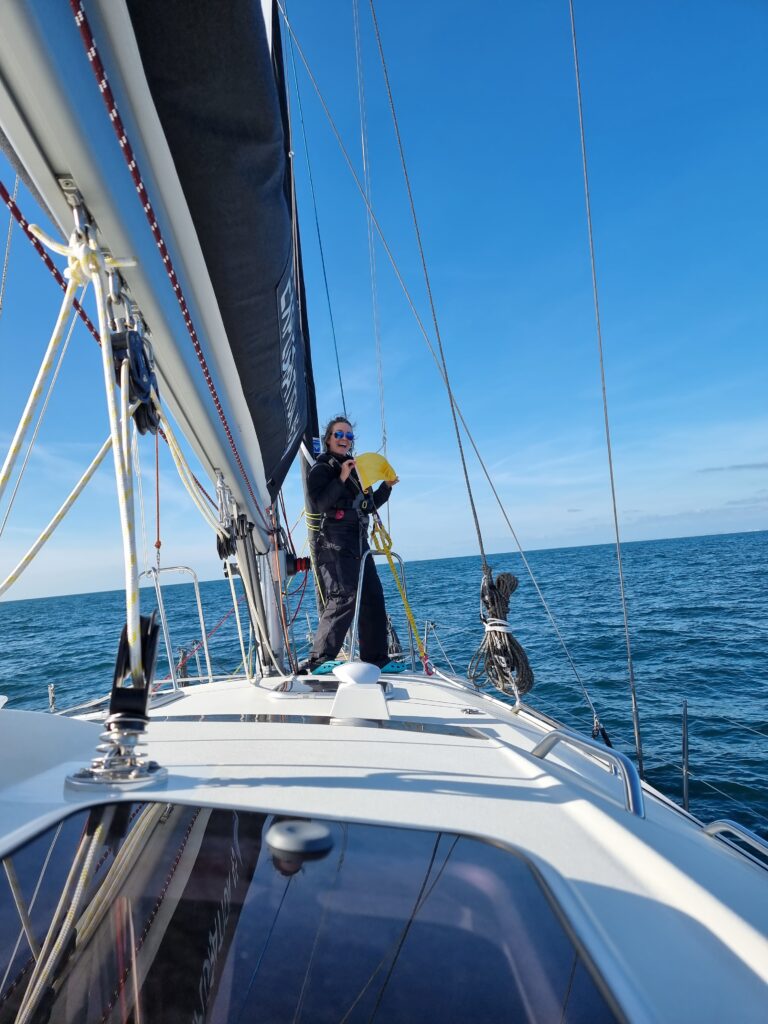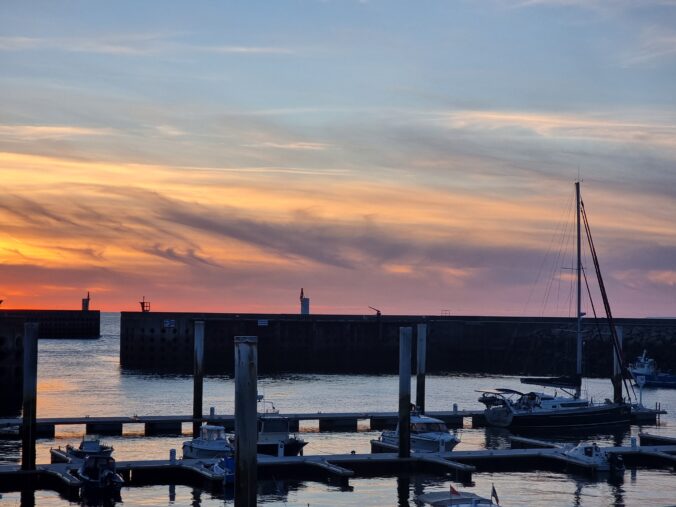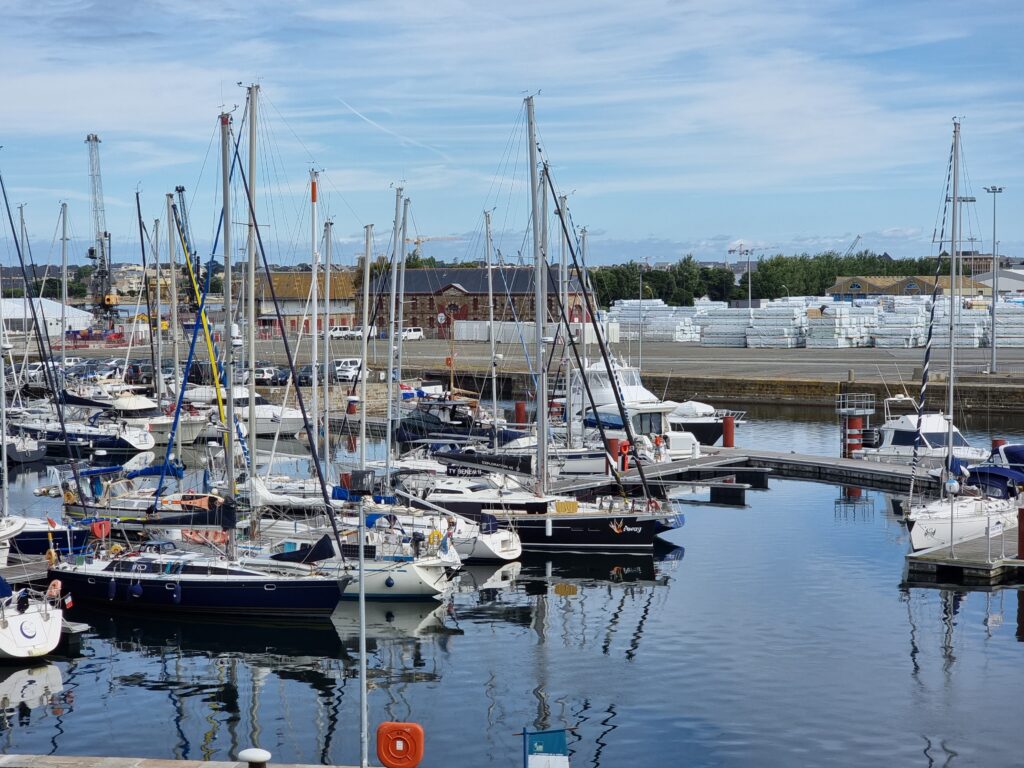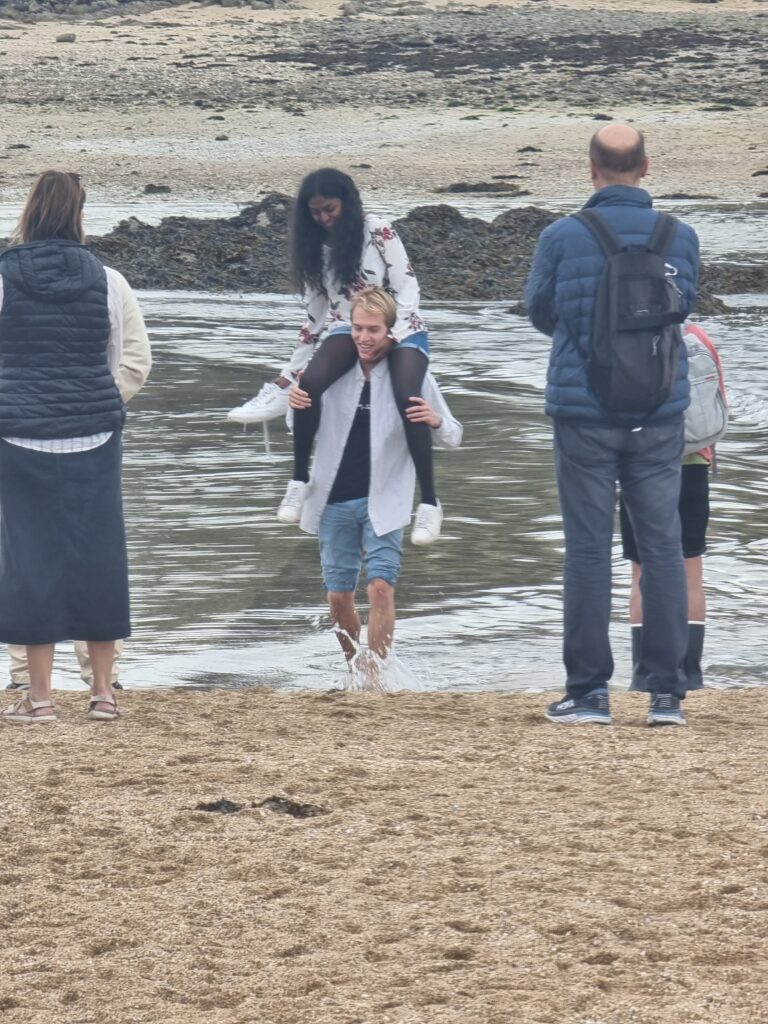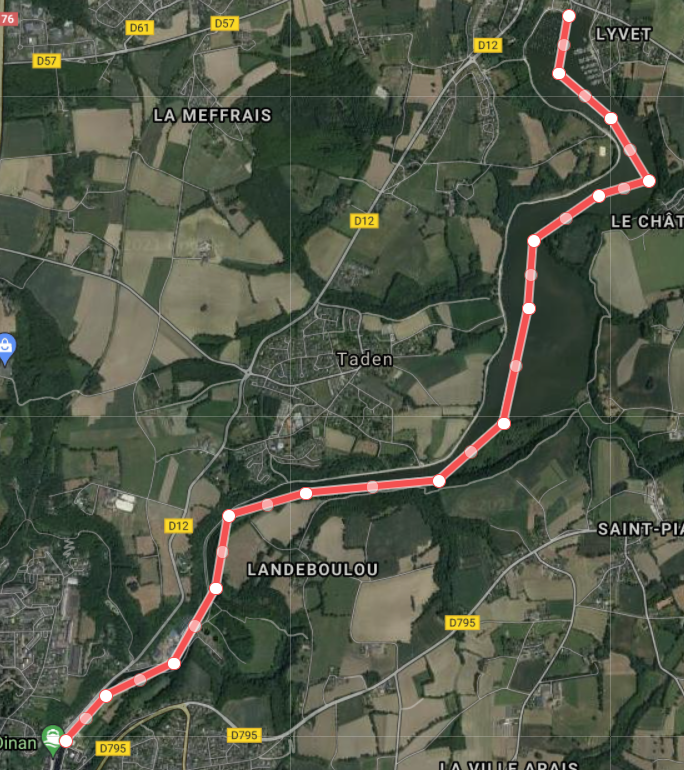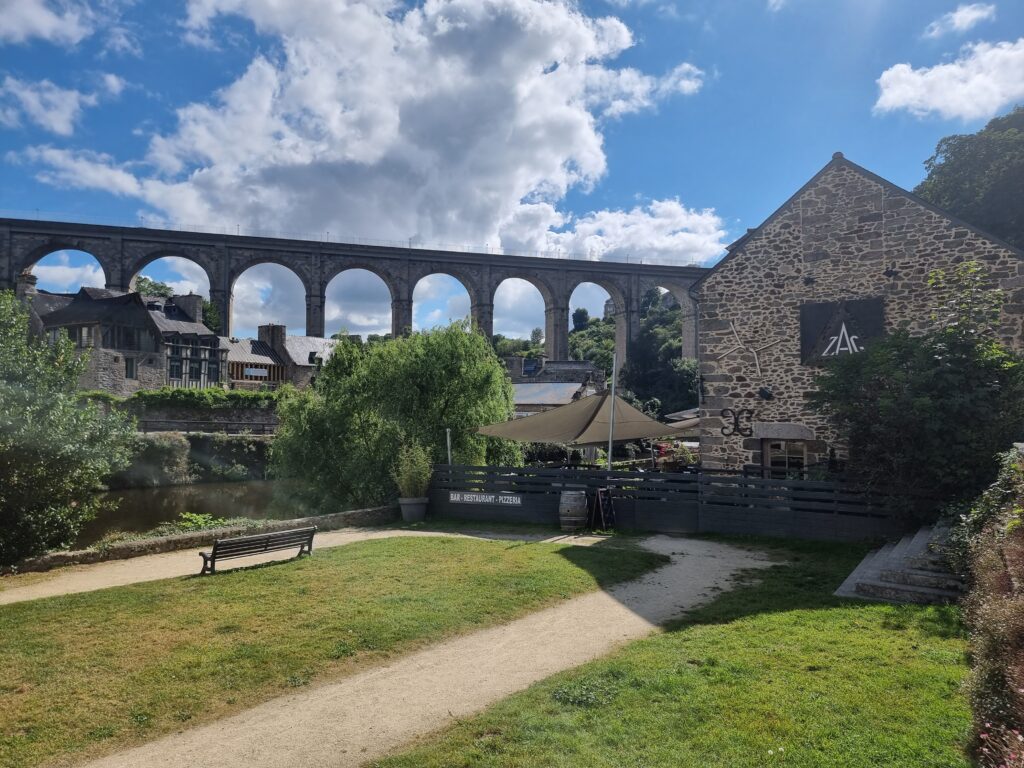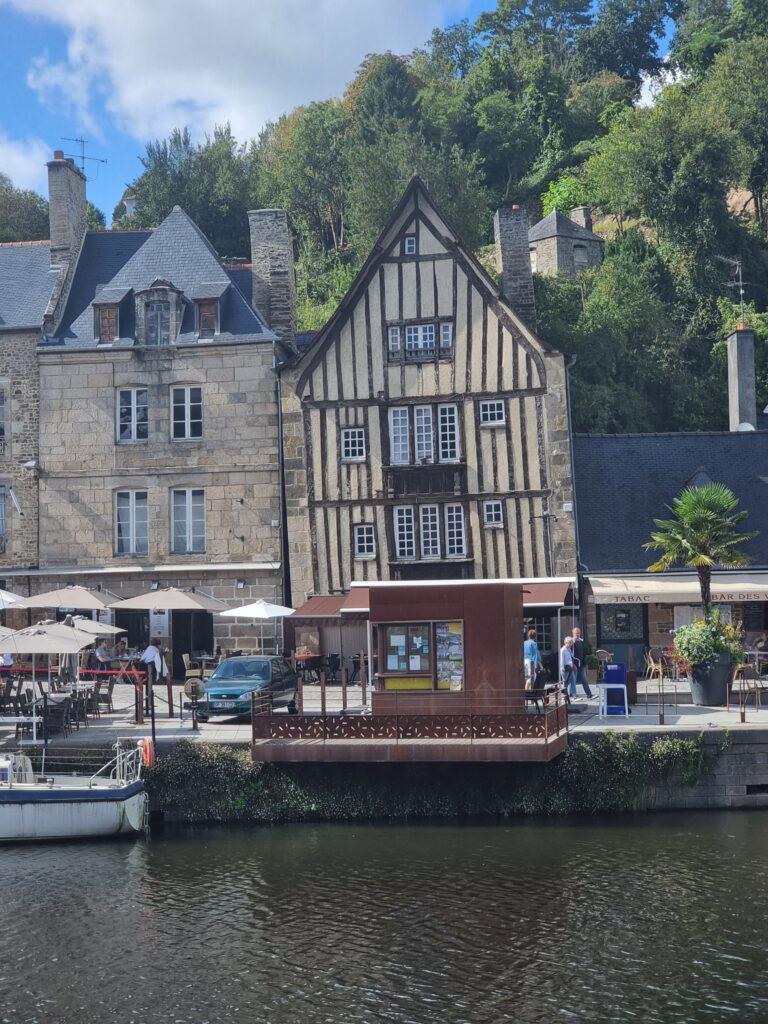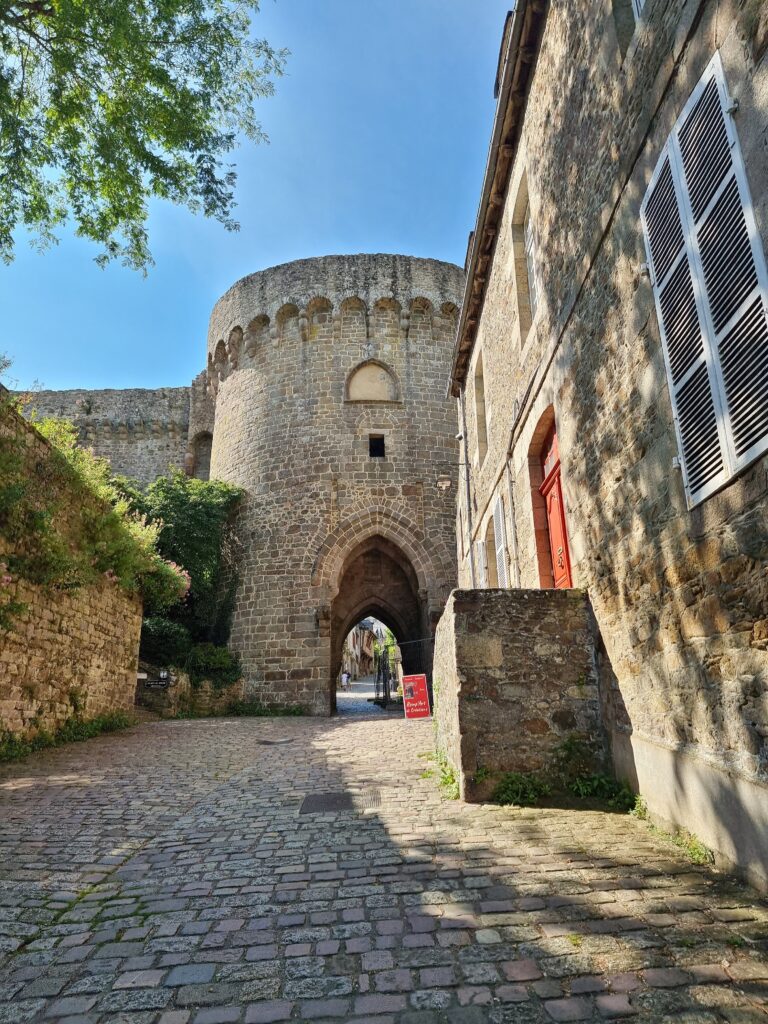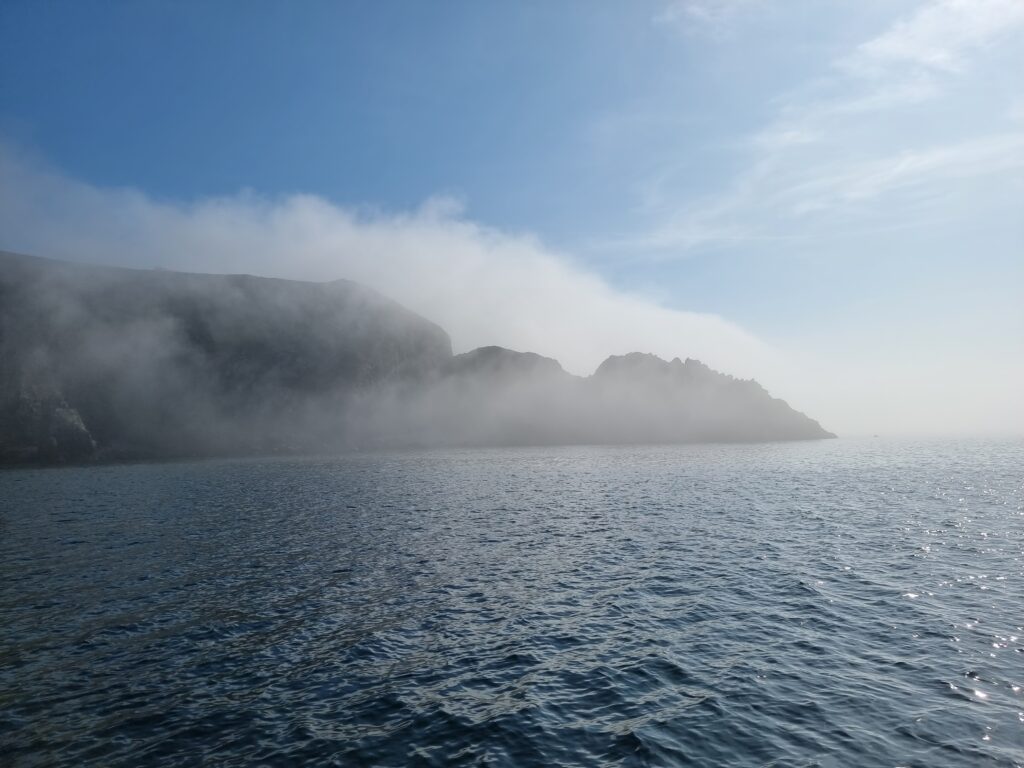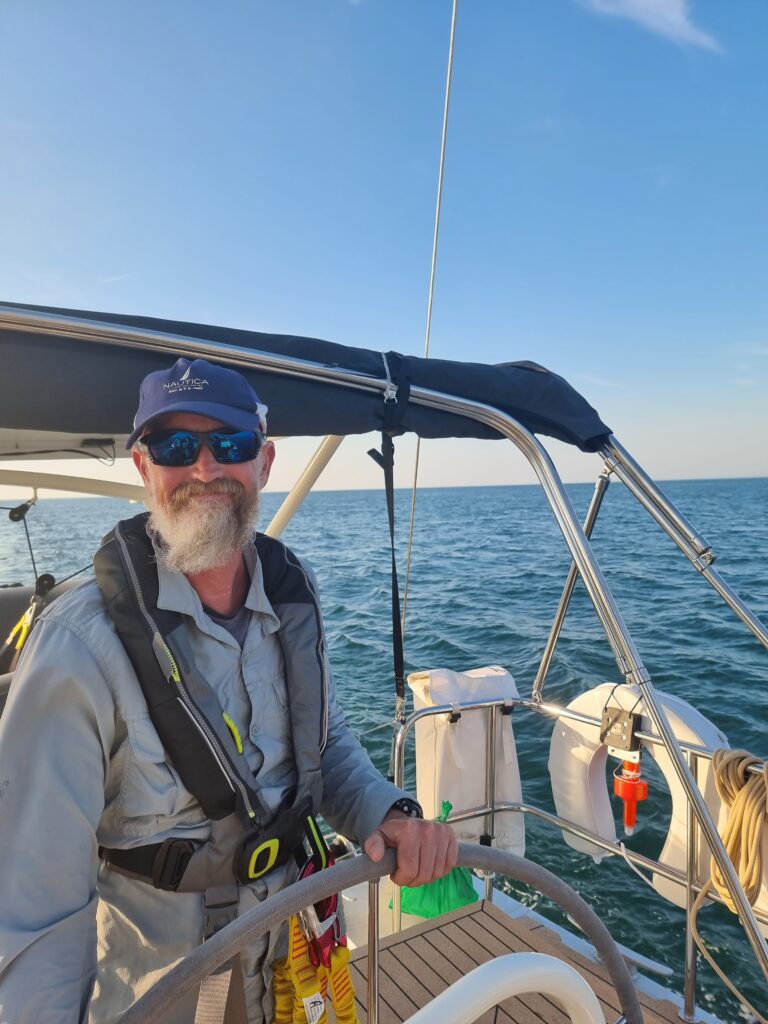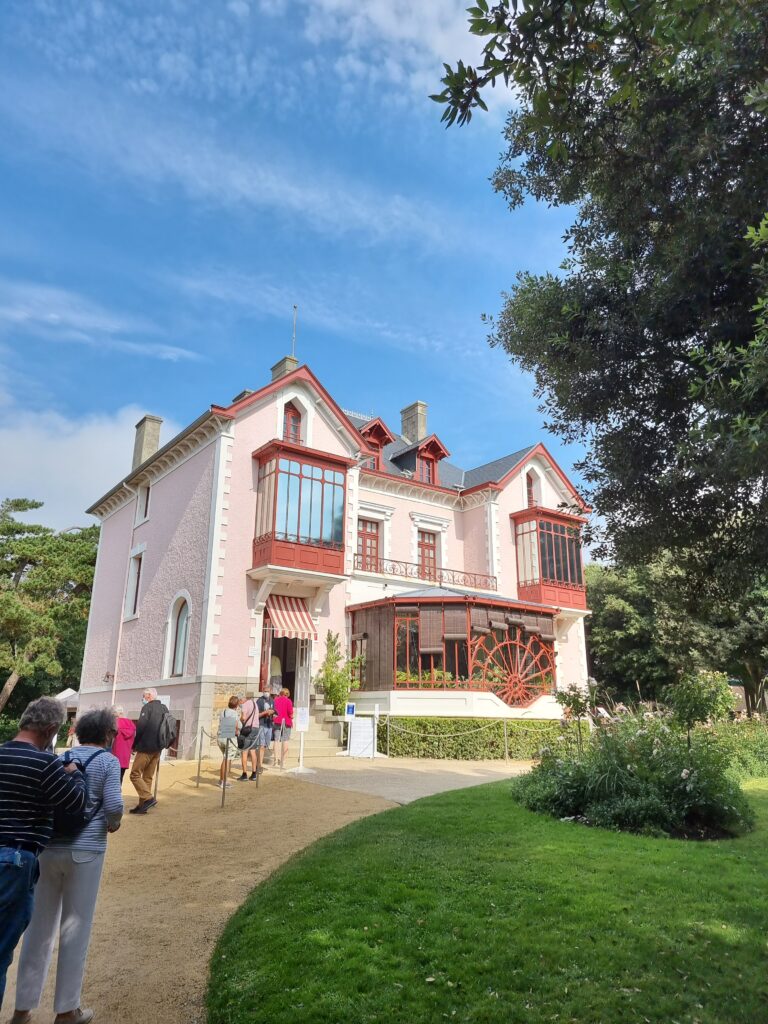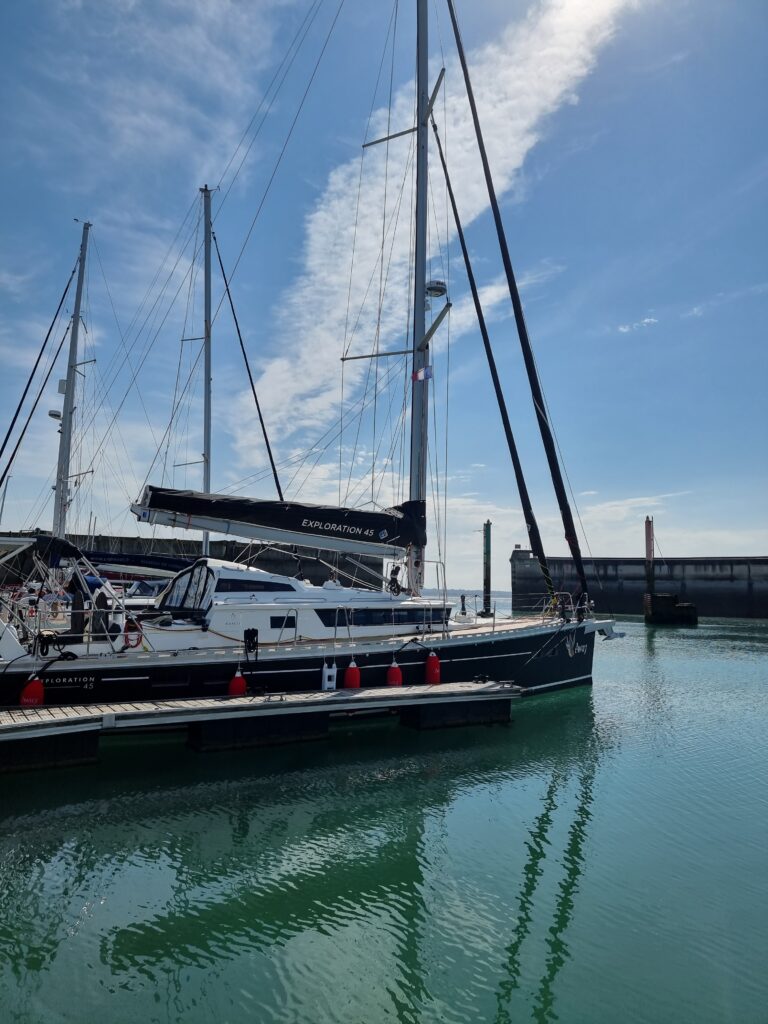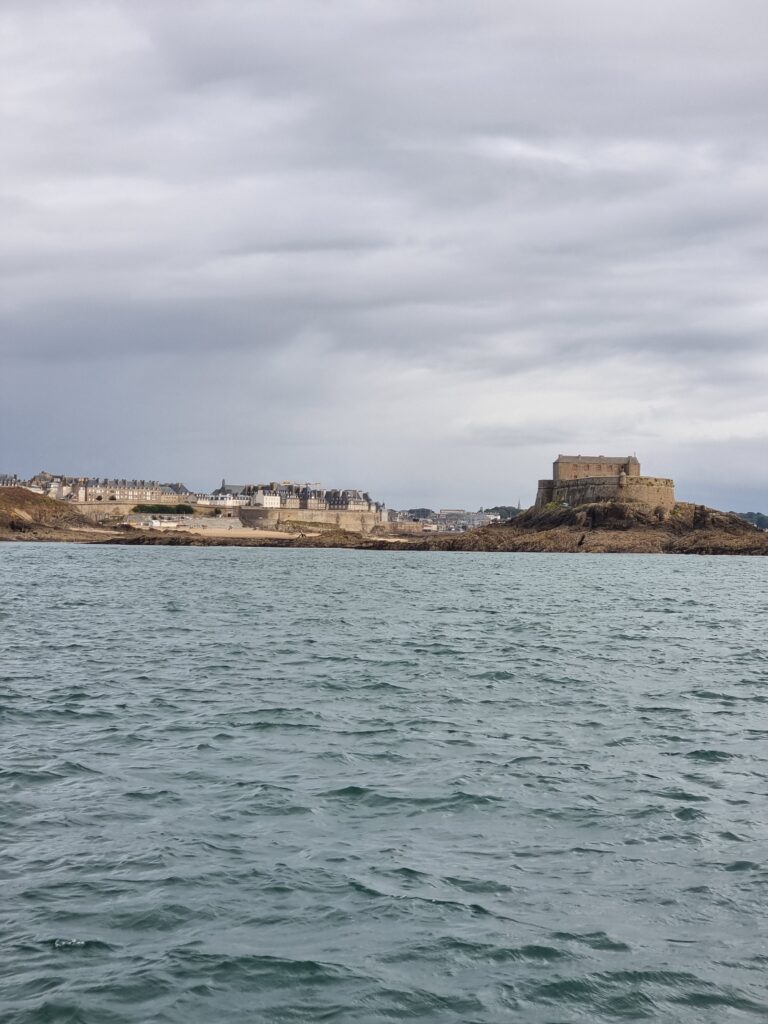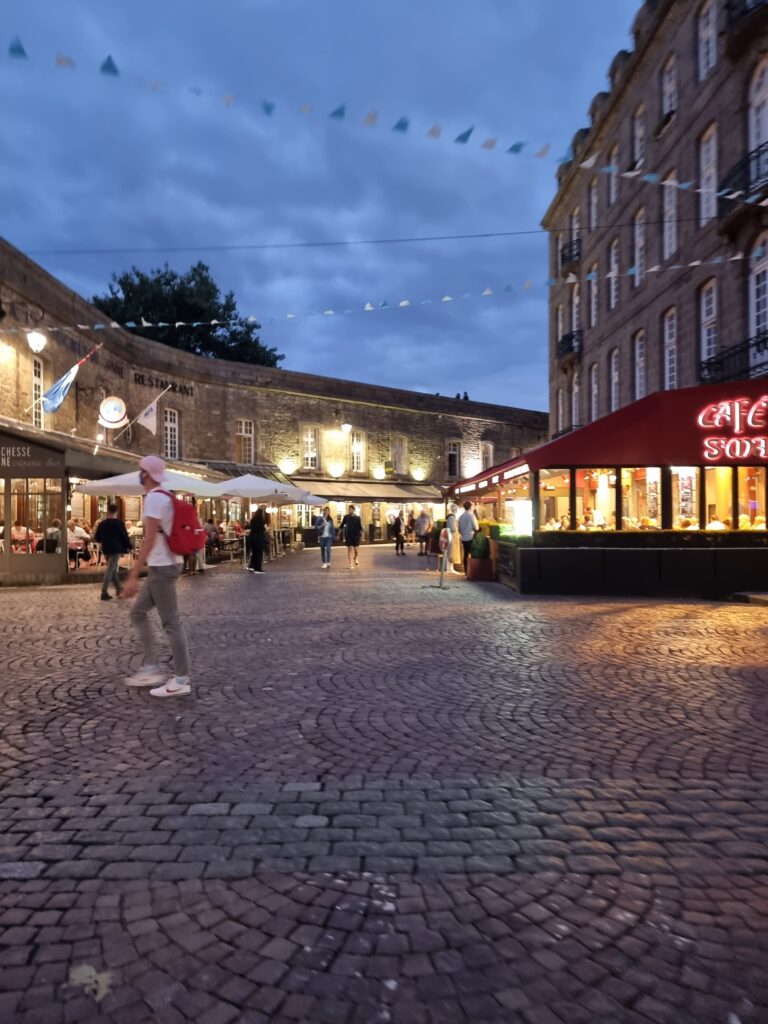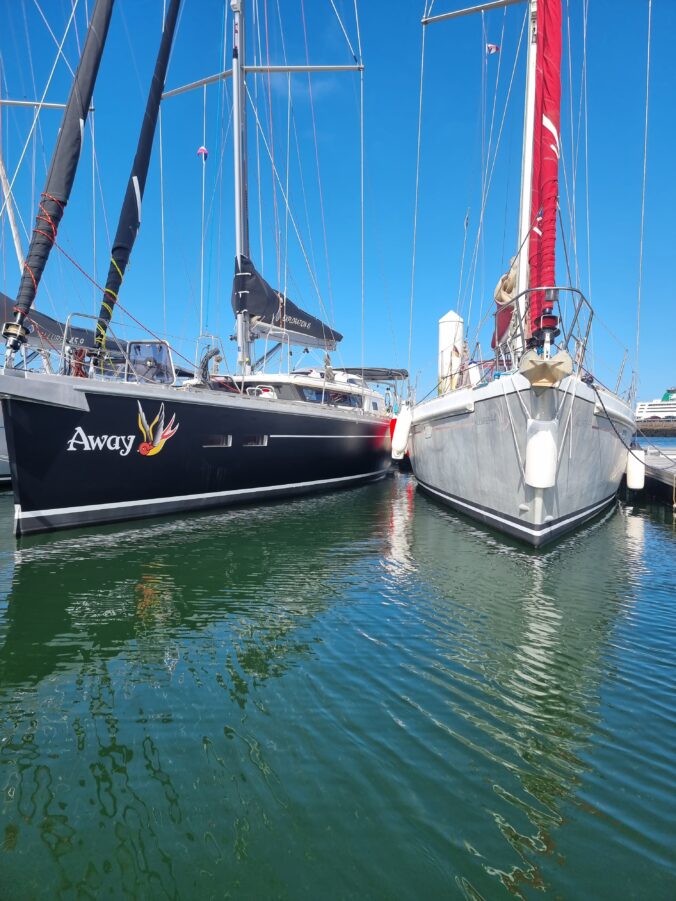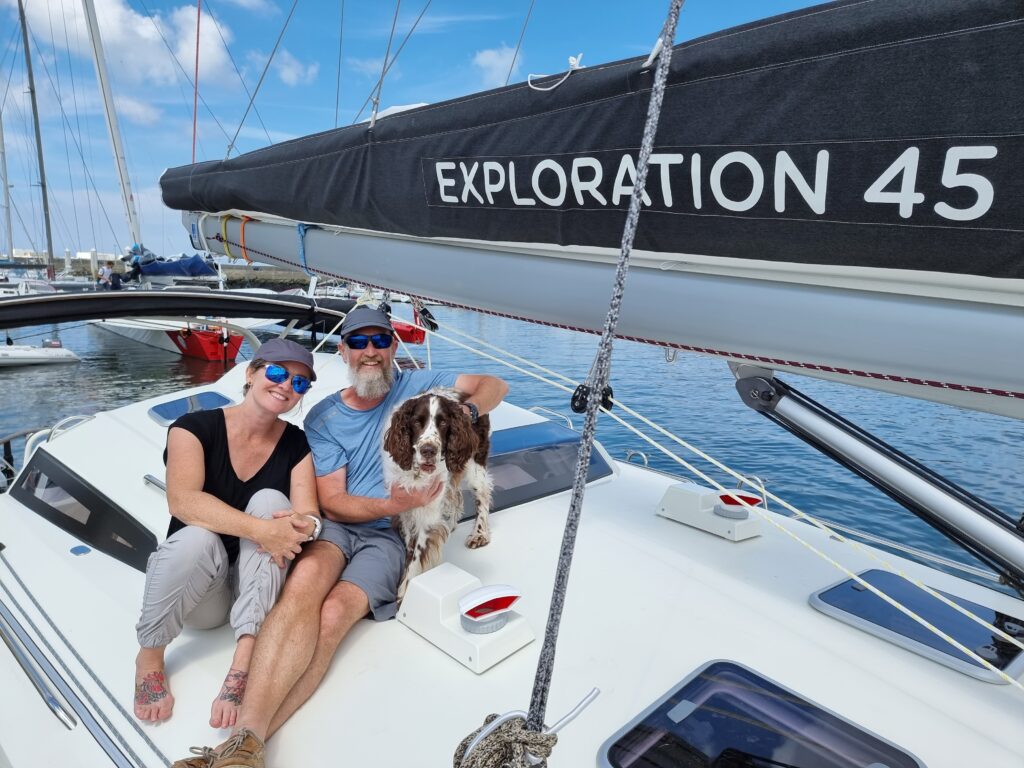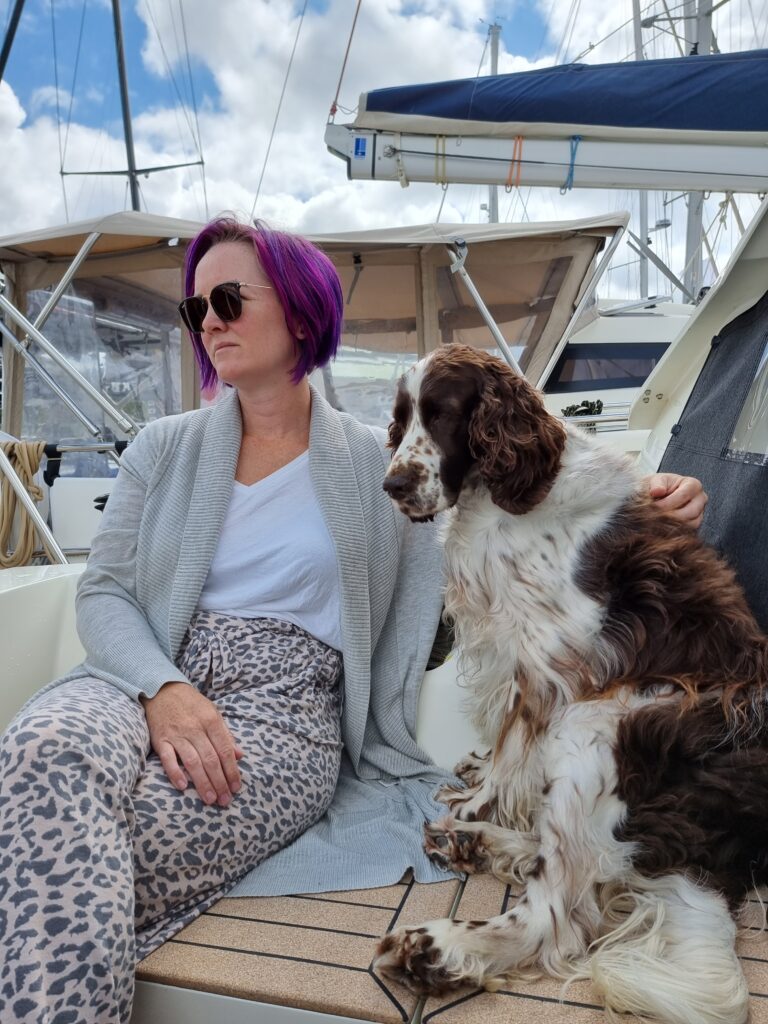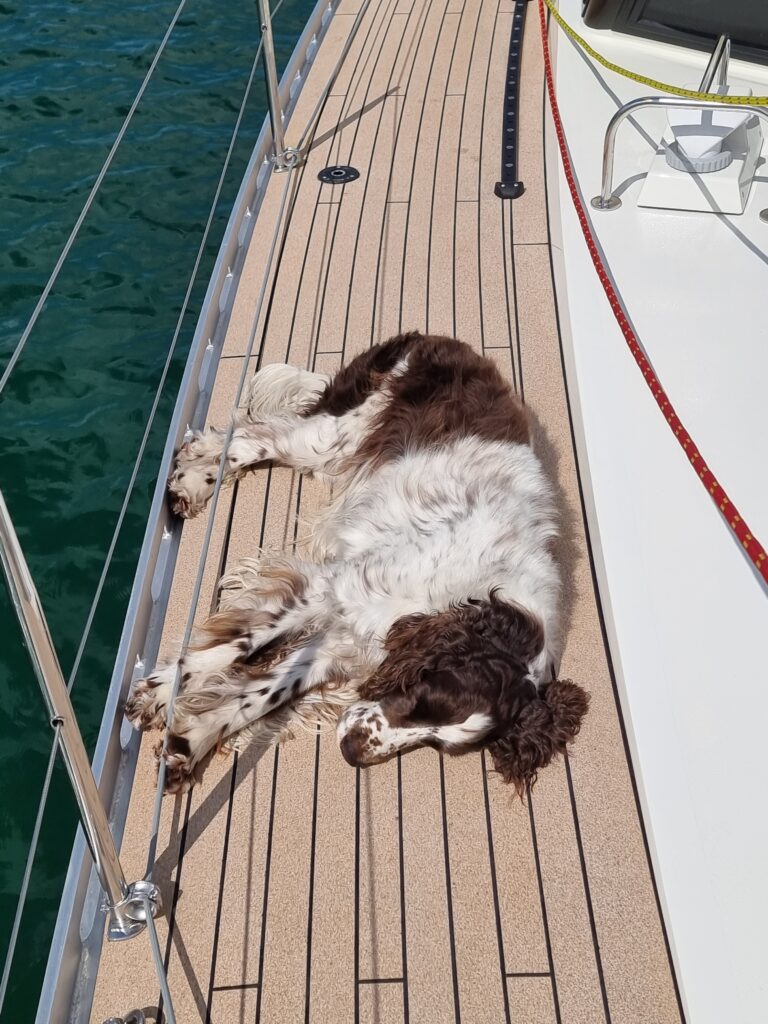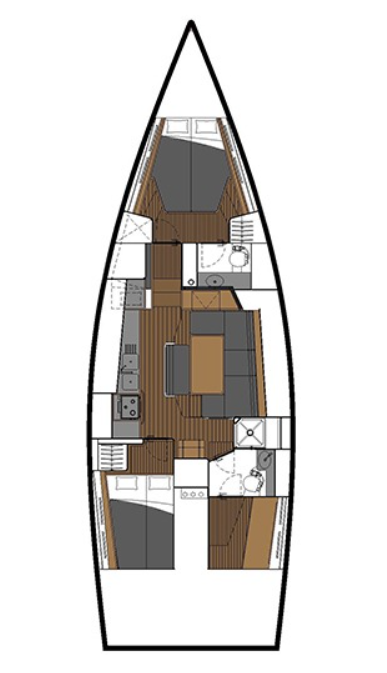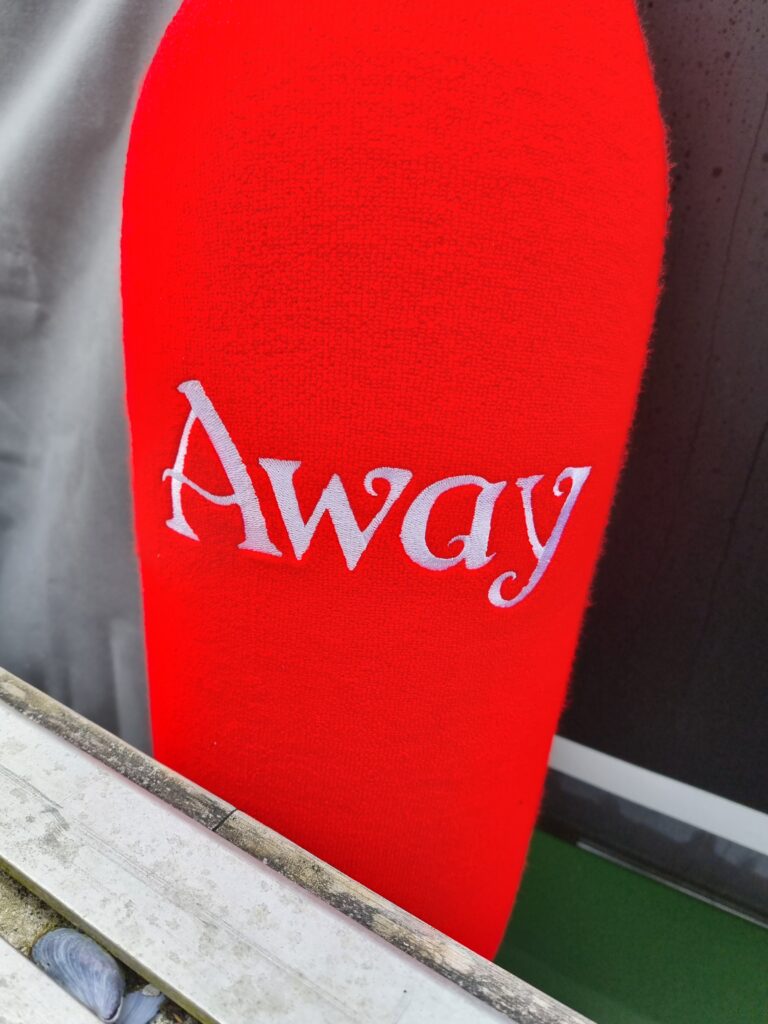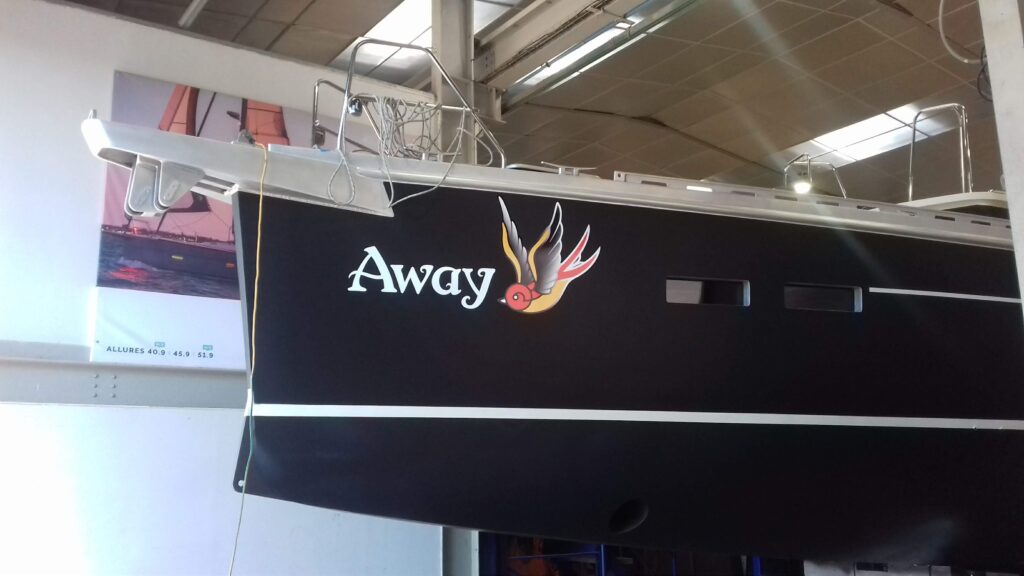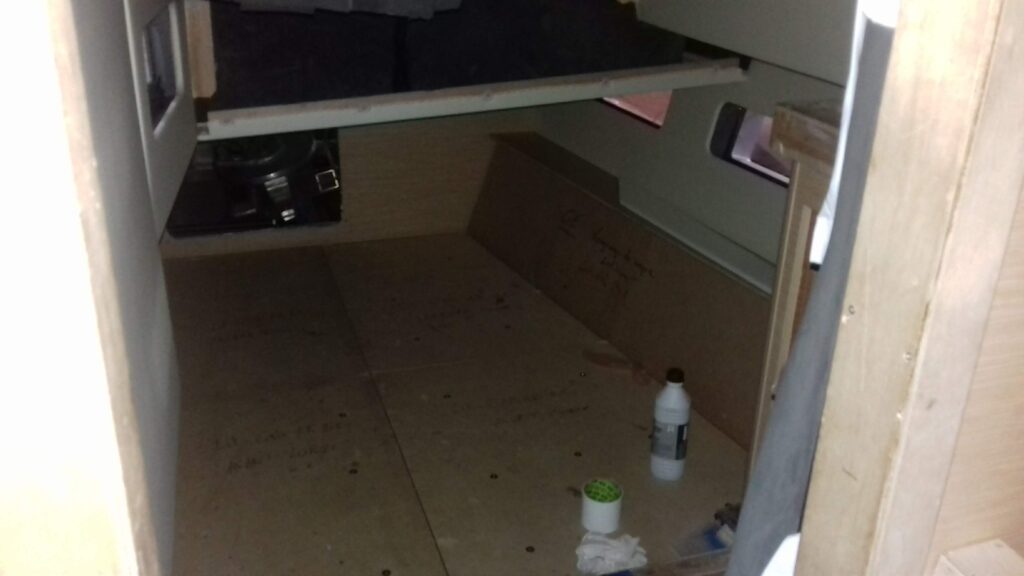
Our pilot guide suggested that passing the famous Needles on the Isle of Wight when the tide is running against the wind is an uncomfortable experience. A few weeks earlier we had watched the start of the Fastnet race in such conditions and it looked rough enough to spill ones gin and tonic. The race finished in Cherbourg where a competitor explained that his sea boots stayed dry even when the 12 foot wave broke over the boat as they passed the Needles… No thanks, we can get up early to get a favourable tide.

We were up before dawn and motored out of Poole in the dark. Leaving in the dark is easier than arrival as you can follow your incoming track. Even so we needed both of us on deck to work out all the channel markers. Once clear of the channel we hoisted the sails, headed east keeping a keen eye out for crab pots as the sun rose. Approaching the Needles we had a moment of excitement when we decided to put the big red sail away and it decided it wanted to head over the side for a swim. Fortunately we got it under control with only some minor bruising.
We sailed on past the needles and took the obligatory selfie, feeling pretty proud about how far we have come from our few first tentative steps in Sydney Harbour on a J24.
There are so many marinas and anchorages in this area, but we picked Yarmouth on the Isle of Wight as it was close, sheltered from the forthcoming SW blow and close to some Garcia buyers we had met in Cherbourg. After dropping the sails we motored towards the harbour entrance, although I realised shortly afterwards that our 3 knot boat speed was matched by 3 knots of current and we were stationary… hmmm, more revs needed to get into the harbour.
Docking was one of the more challenging ones, as there is a significant cross current in the marina, however we managed it no problem and didn’t donk the neighbouring 75 foot luxury motor boat.
Once ashore and paper worked we headed to closest pub, about 50m away, for a late lunch. We had great restaurants, pubs, fresh local produce and a bakery all within a few minutes walk of the marina. We soon came to appreciate the slower pace of life on the IOW.

Away attracted the usual attention. The marina is next to the car ferry and waiting motorists would pop over for a look and a photo. We met a local couple starting their own sailing adventure who took an interest in the boat. We ended up having a delicious dinner at their home on the south side of the island.
The other Garcia buyers brought their friends for a quick look around the boat and we were invited for a cuppa the next day. The instructions led us over the river and along muddy paths (Bernie heaven) and eventually to large Elizabethan manor house overlooking the river. Bernie was a little spooked by the robotic lawn mowers but soon made friends with the 3 retrievers that lived there.
We were also shouted dinner with our Garcia friends which was lovely. We felt so welcomed on the IOW and would love to come back to this special place.
We got the folding bikes and headed out for a ride across the island. Bernie provides propulsion… who needs an e-bike when you have B-bike? Of course e-bikes don’t chase squirrels.

Next stop was Newtown Creek only a few miles along the Solent, and still on the IOW. Choosing a friendly tide and a lazy headsail we were soon inside the creek and attached to a convenient mooring buoy.
5 sea eagles appeared and reminded us how much we enjoy being out of the marina. We went ashore for a look round Newtown which was somewhat quieter than its namesake in Sydney.
We also managed to spot the local seals lazing around on some rocks nearby.

Another walk through the fields and along the edge of the Solent ended at the dinghy which was now a long muddy slide away from the water… oops, forgot about the tide going out. As the sun set we quickly realised that the thigh deep mud was not easy to traverse. New plan. We carried the dinghy, motor and fuel tank along a long narrow wooden pier and dropped them 1.5m down into the remaining channel. It was a relief to arrive back at the boat with nothing that a hose, hot showers, a dog wash and a dozen heavy soil long cycles in the washer couldn’t fix.
After a couple of days in Newtown Creek the weather and tide provided a great opportunity to get up after dawn for the short drift along the Solent to Chichester. The Solent mid week in autumn is an attention grabbing mix of leisure craft, scary big commercial ships, ferries, sail training and racing. Add some strong tide and gusty winds and the trip was less leisurely than we anticipated. Must be fun on a summers bank holiday weekend!

These old fortifications mark the end of the mayhem, but as the traffic eased the wind picked up. The narrow channel leading into Chichester was shallow in parts, enough to bring Away’s centre board up for extra clearance. Once inside we anchored and considered our options for the night. The forecast had increased to gusts well into the 30 knot range and while we would be secure on the anchor it would be more comfortable in the shelter of a marina. A quick ring around failed to turn up an available berth big enough for the mighty Away, so we opted for some better shelter and a visitors mooring further up the river at Itchenor.
We were welcomed by the Chichester Harbour Master for the two nights we stayed, and took the opportunity to have some rest after our muddy fun, and the rolly passage in. We still want to head east, so we need to take the weather when we can so we planned our next steps… The forecast for the next week had become quite robust, so we really needed to get going…
























